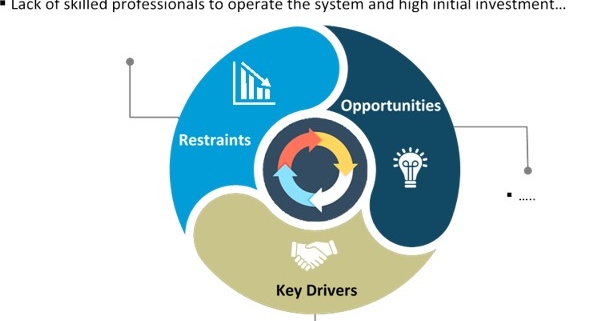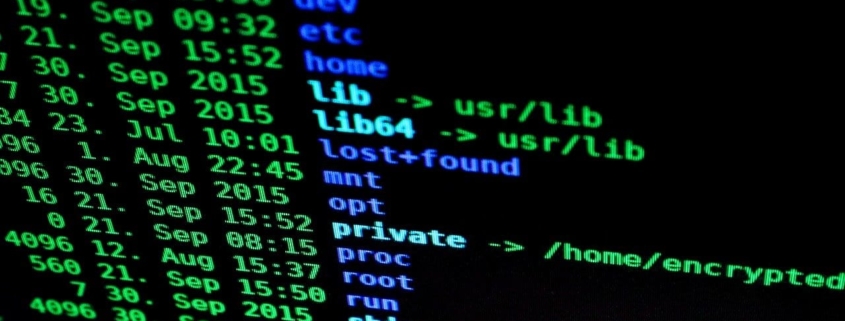Suffolk cyber intrusion has hallmarks of ransomware attack, Bellone says
Suffolk officials said they have detected malware in their probe of a cyber intrusion of county government systems, but had no timeline for when applications will be restored, County Executive Steve Bellone said Tuesday.
The incident, which was discovered last Thursday, had the hallmarks of a ransomware attack, although no monetary amount has been demanded, Bellone said during a news conference in Hauppauge.
Officials did not disclose a possible motive for the attack or say how it began.
“We’re doing everything in our power to ensure as little disruption as possible,” Bellone said. “One of our top priorities is maintaining continuity of operations while our team of experts investigate and determine the full scope and nature of this incident.”
There was no indication the data of county residents has been compromised, Bellone said.
The county immediately shut down its systems after the discovery to contain and eradicate the threat, Bellone said.
Bellone said all county agencies were functioning, although internal operations may be working differently.
The county will soon launch a temporary “landing website” with frequently requested information, he said.
Suffolk had a contract in place with a cybersecurity vendor and previously had conducted staff training and a contingency plan was in place, Bellone said.
“In Suffolk, we’ve been working to harden our infrastructure over the years,” he said. “We have continued to provide our employees with tools to help … mitigate these types of incidents.”




